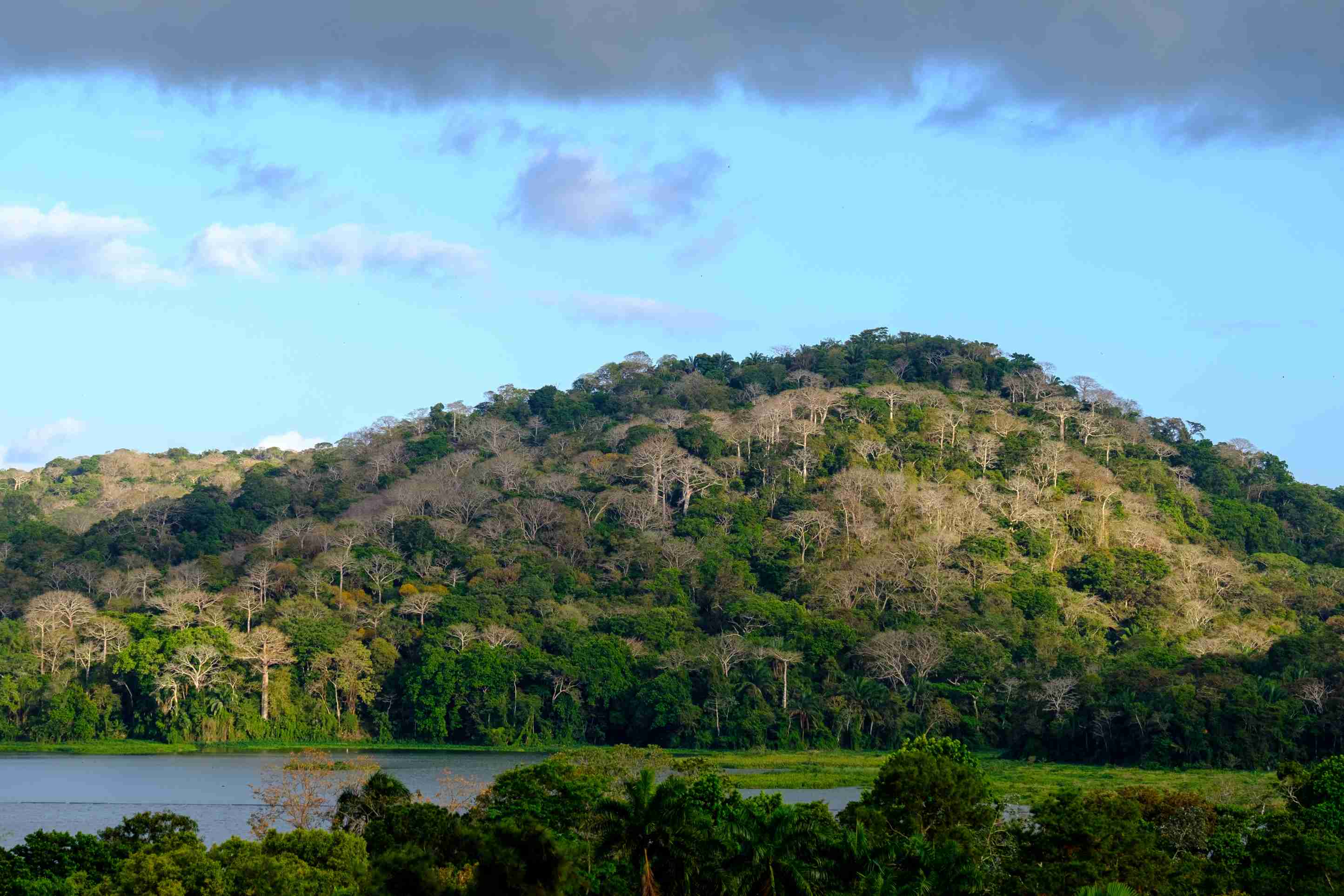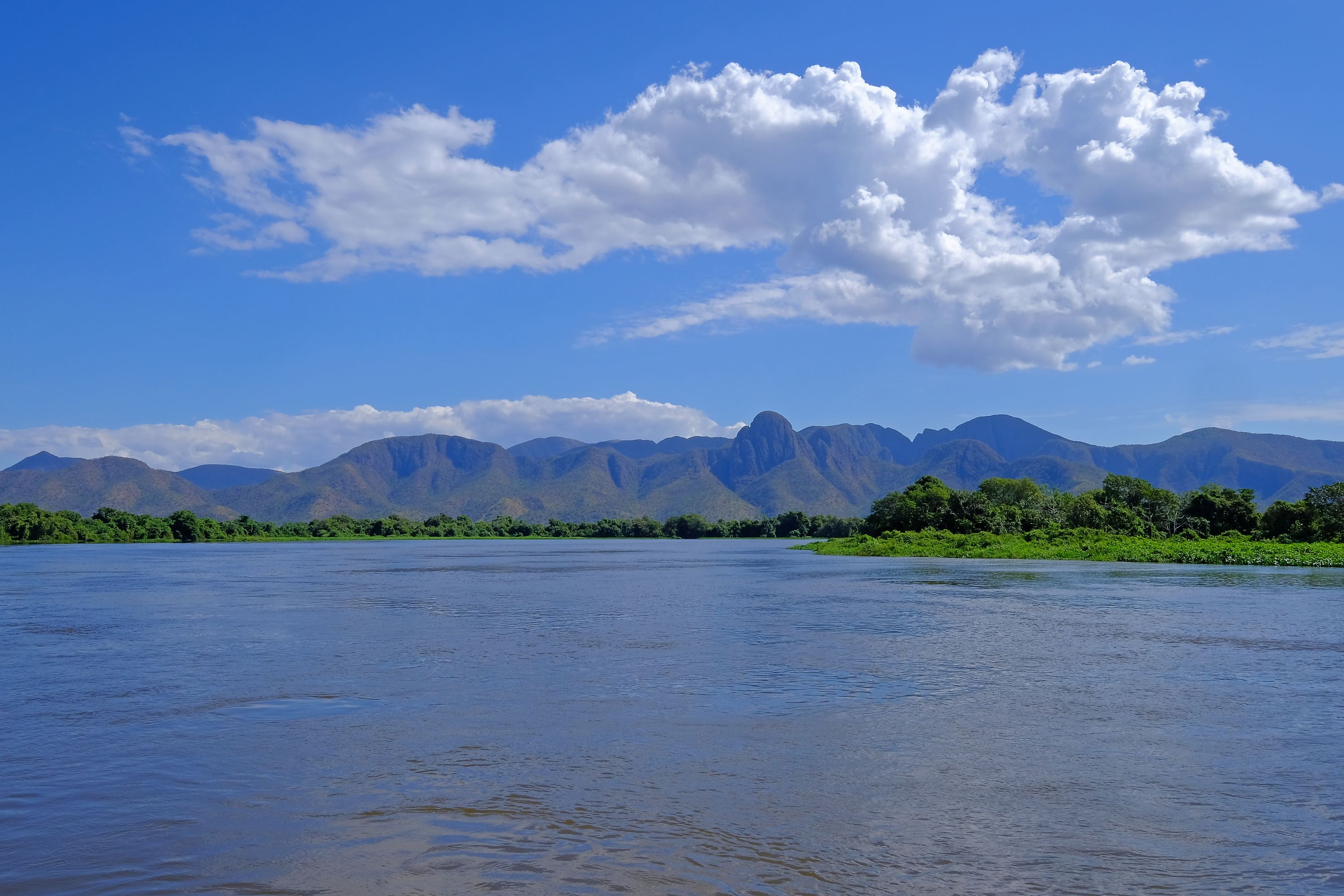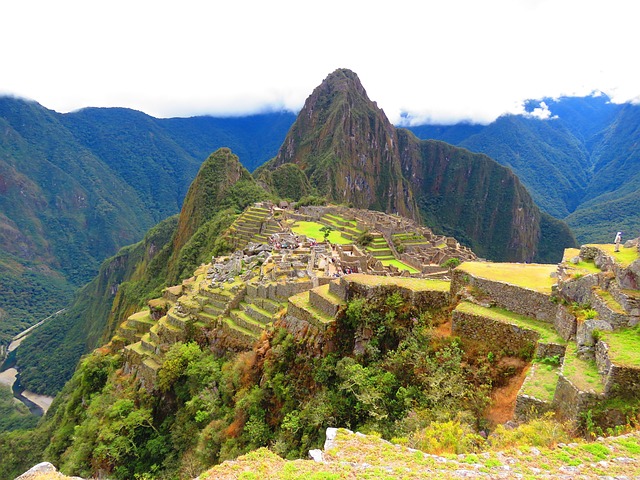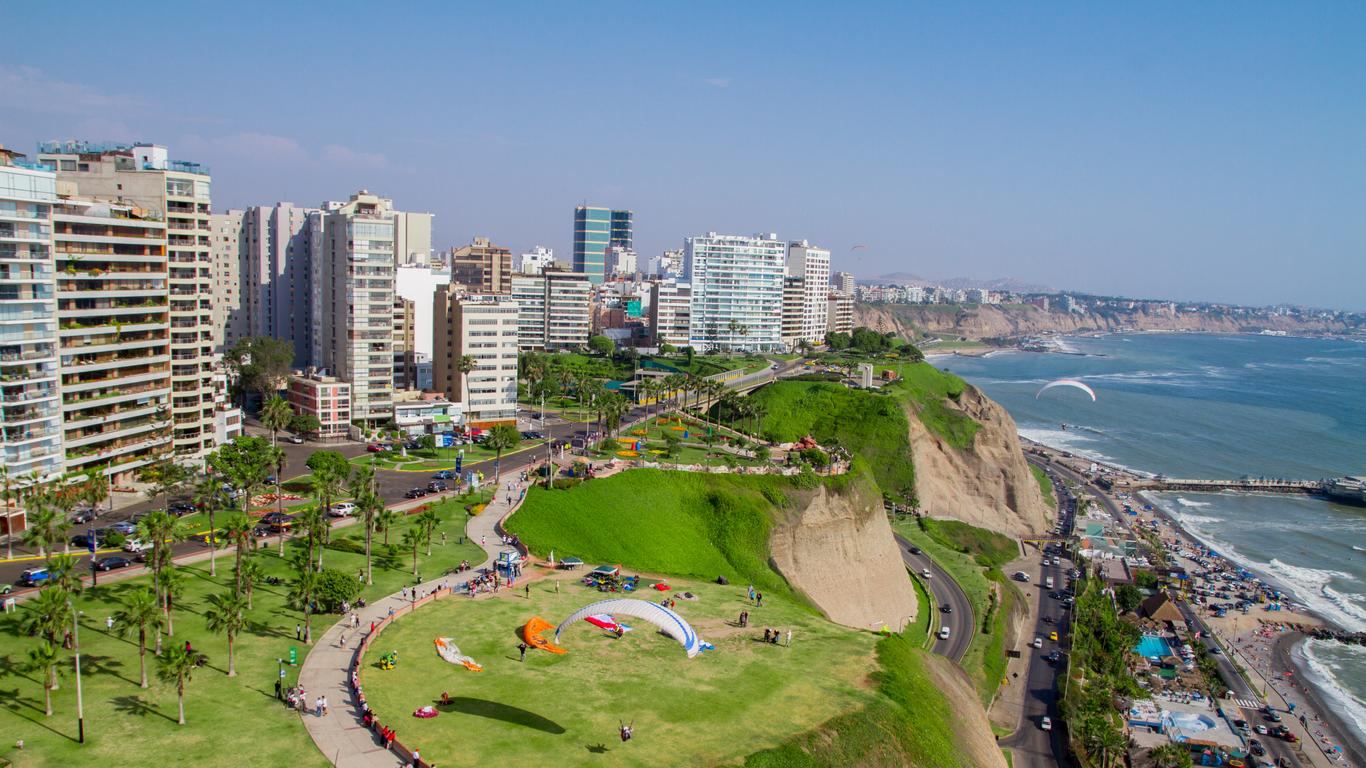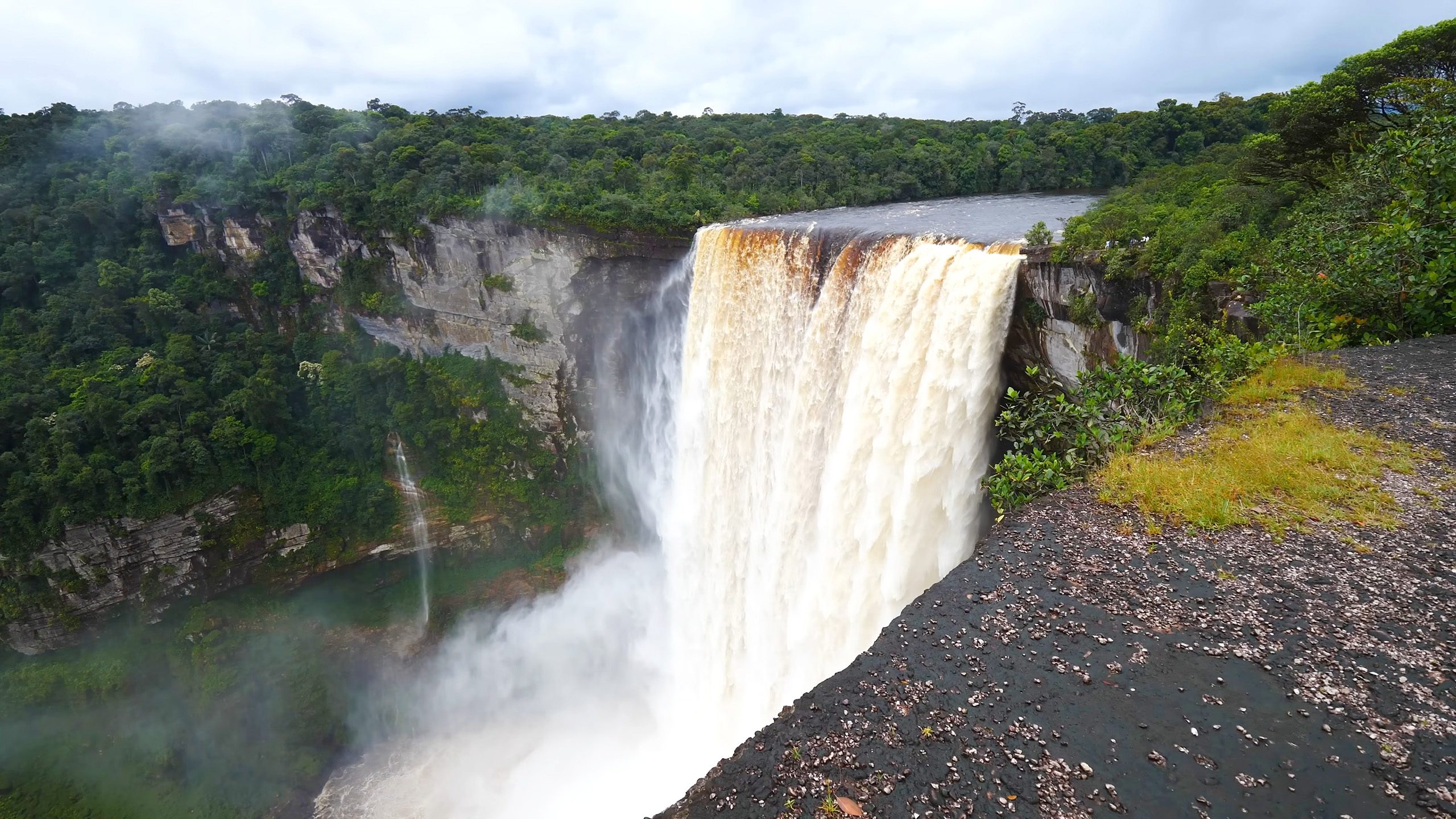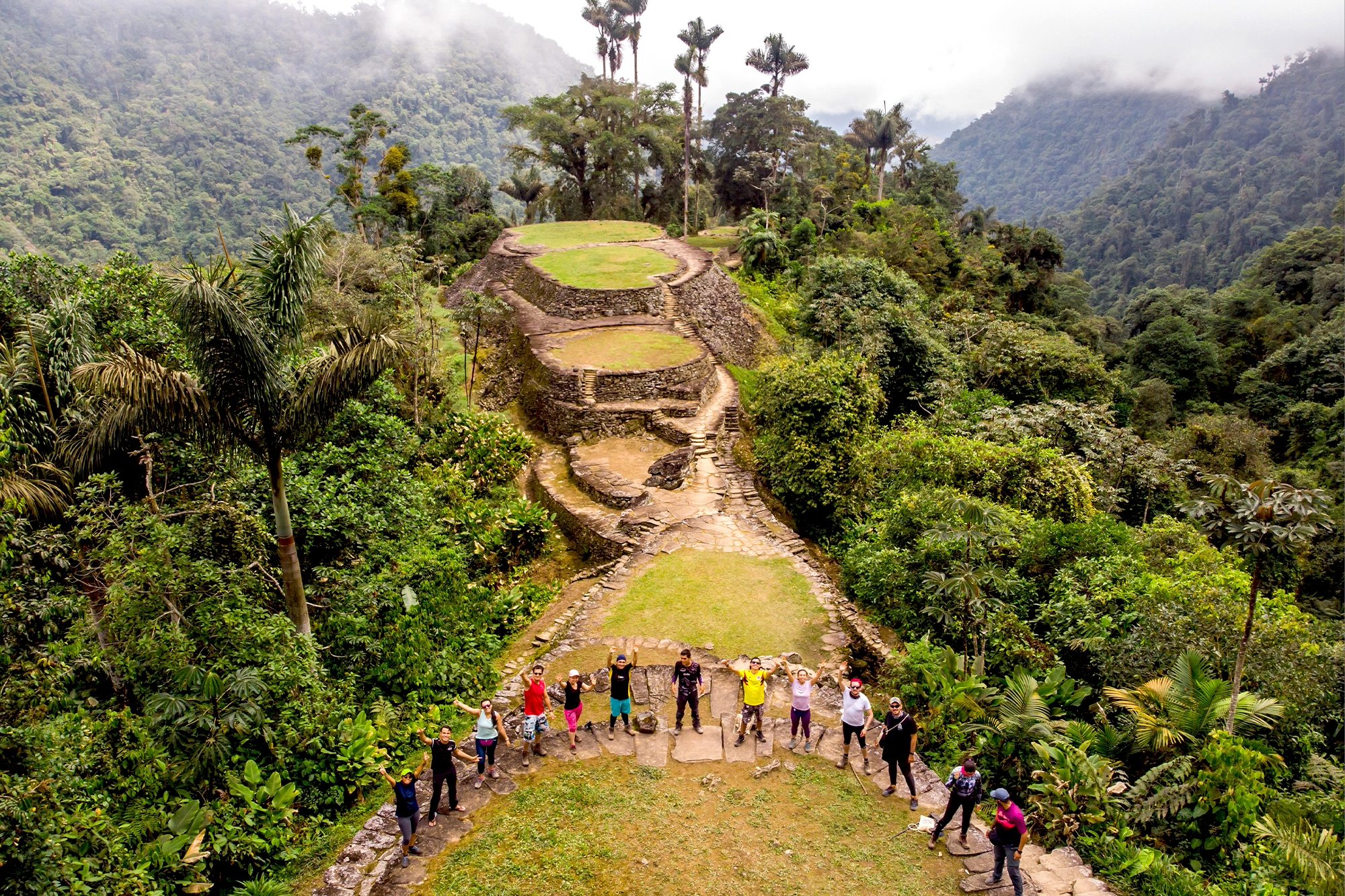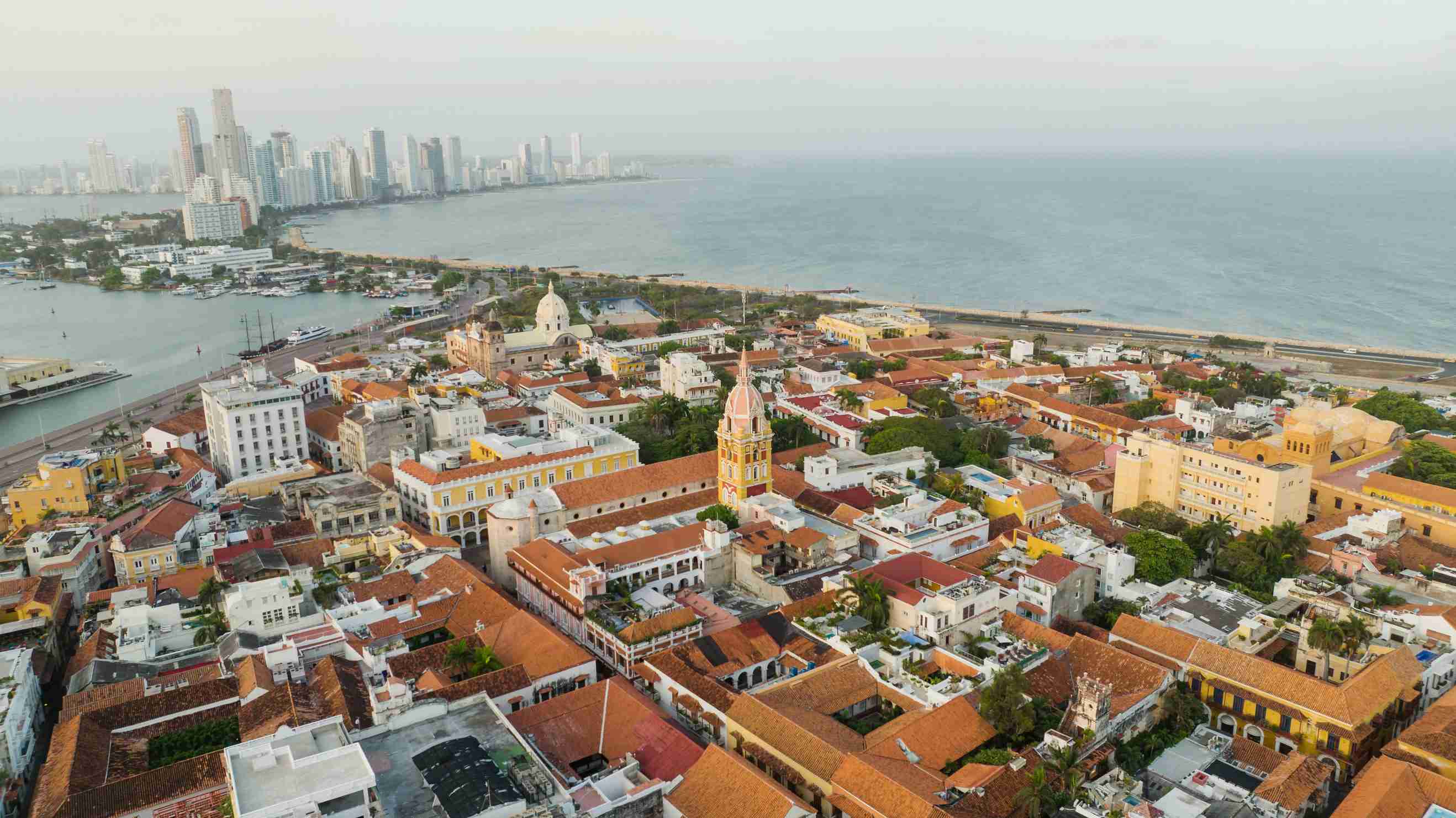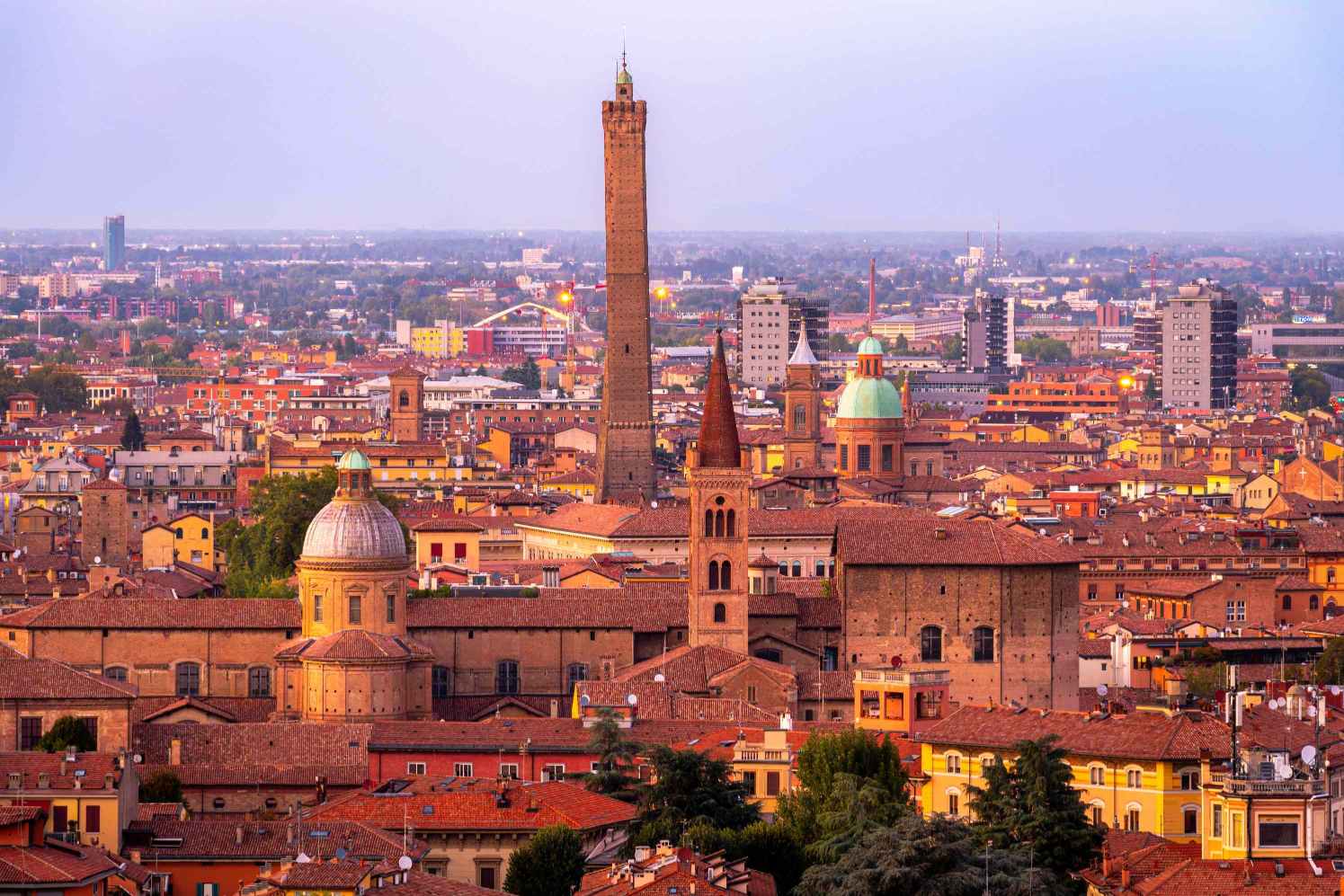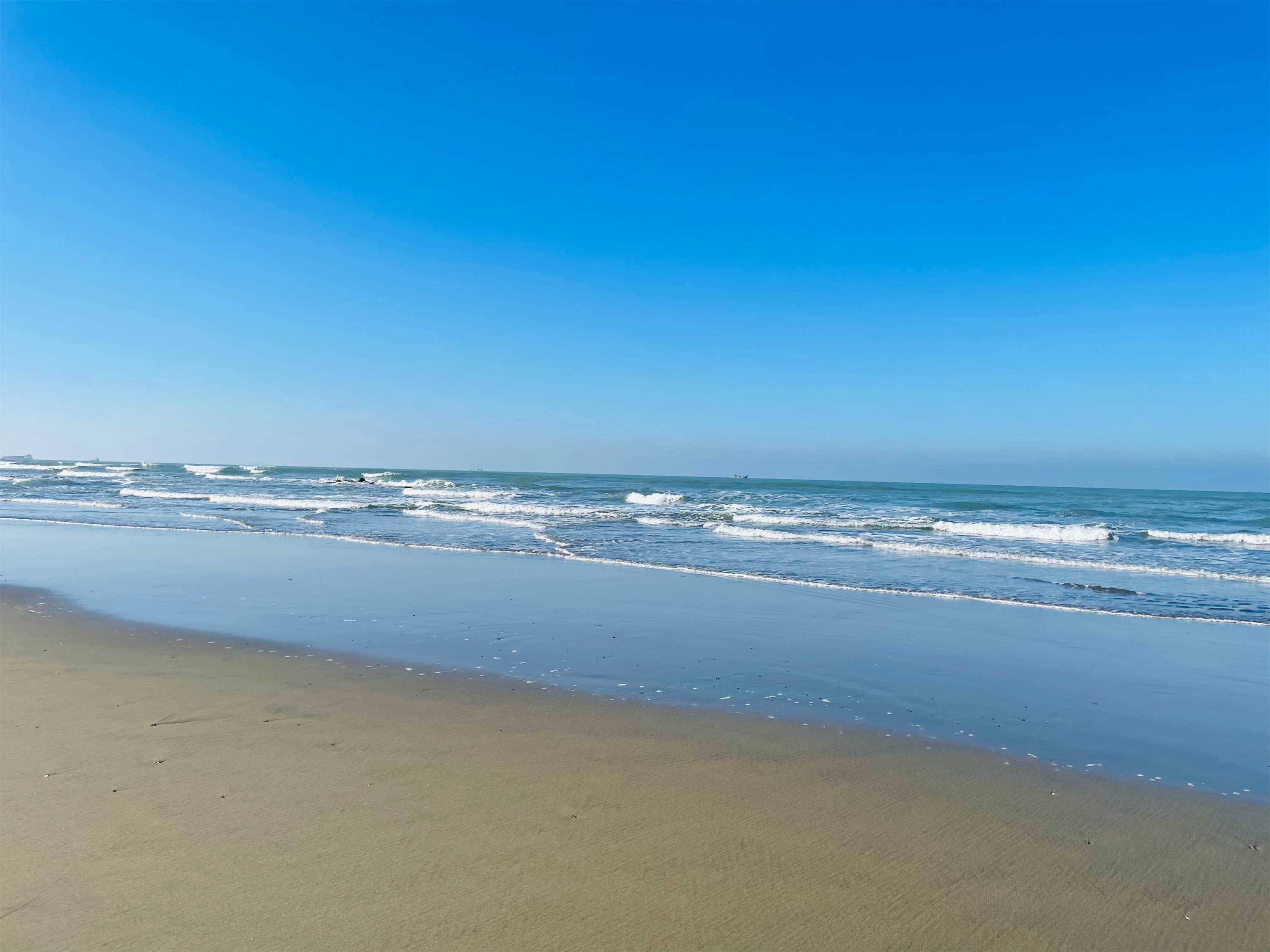The Masai Mara National Reserve, located in southwestern Kenya, is one of Africa’s most iconic wildlife destinations. Renowned for its breathtaking landscapes, diverse wildlife, and the annual Great Migration, the Masai Mara offers an unforgettable safari experience. Spanning over 1,500 square kilometers, this reserve is home to the Big Five (lion, leopard, elephant, buffalo, and rhino) and the indigenous Maasai people, whose rich culture adds to the region’s allure. Whether you’re a wildlife enthusiast, a photographer, or a cultural explorer, the Masai Mara promises an adventure of a lifetime.
Main Attractions of the Masai Mara National Reserve
The Masai Mara is packed with incredible sights and experiences. Here are the highlights:
- The Great Migration: Witness millions of wildebeest, zebras, and gazelles crossing the Mara River (July to October).
- Big Five Safaris: Spot lions, leopards, elephants, buffaloes, and rhinos in their natural habitat.
- Hot Air Balloon Safaris: Enjoy a bird’s-eye view of the savannah at sunrise.
- Maasai Cultural Villages: Learn about the traditions and lifestyle of the Maasai people.
- Mara River: Famous for dramatic crocodile and hippo sightings.
- Predator Action: Observe lions, cheetahs, and hyenas hunting on the open plains.
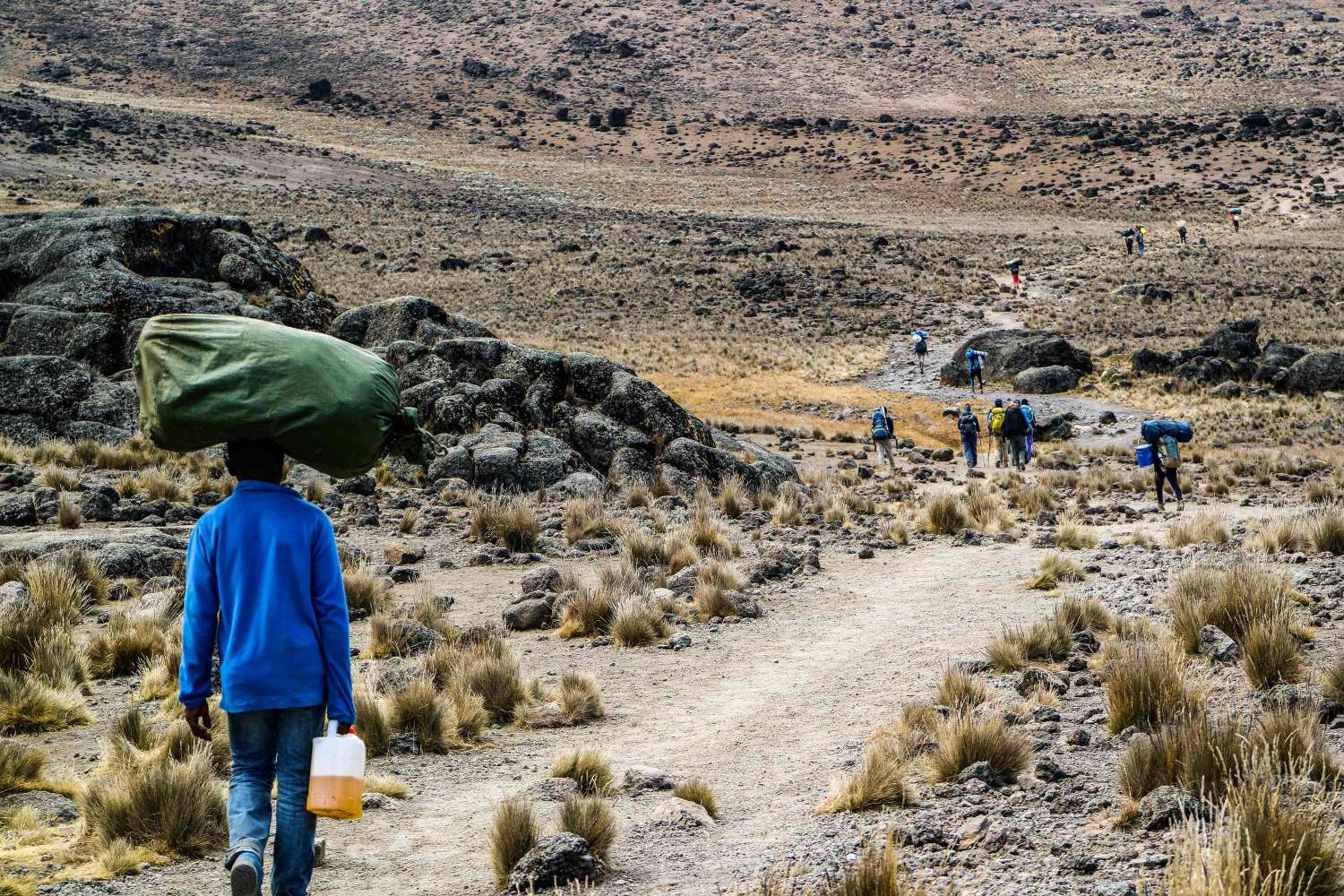
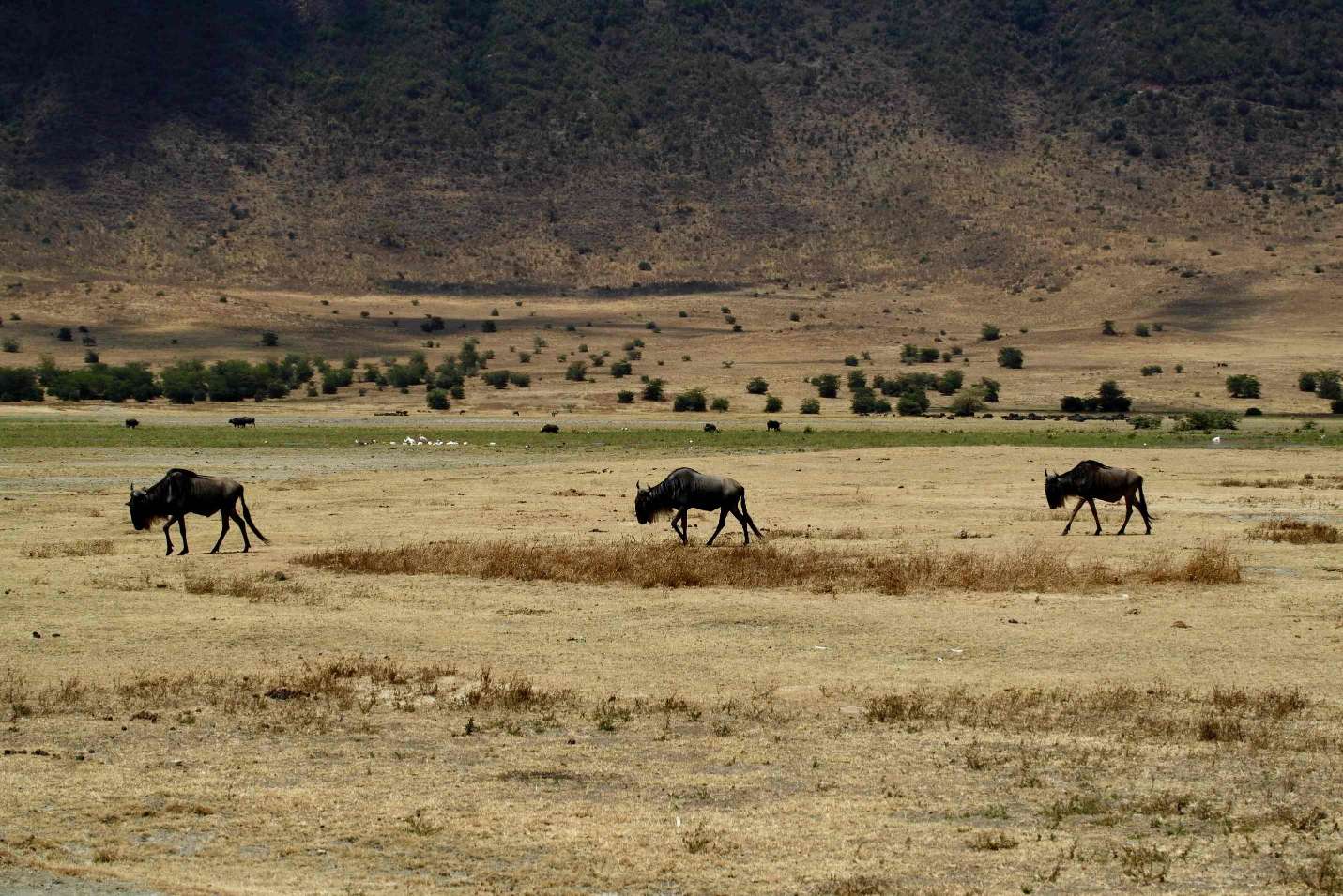

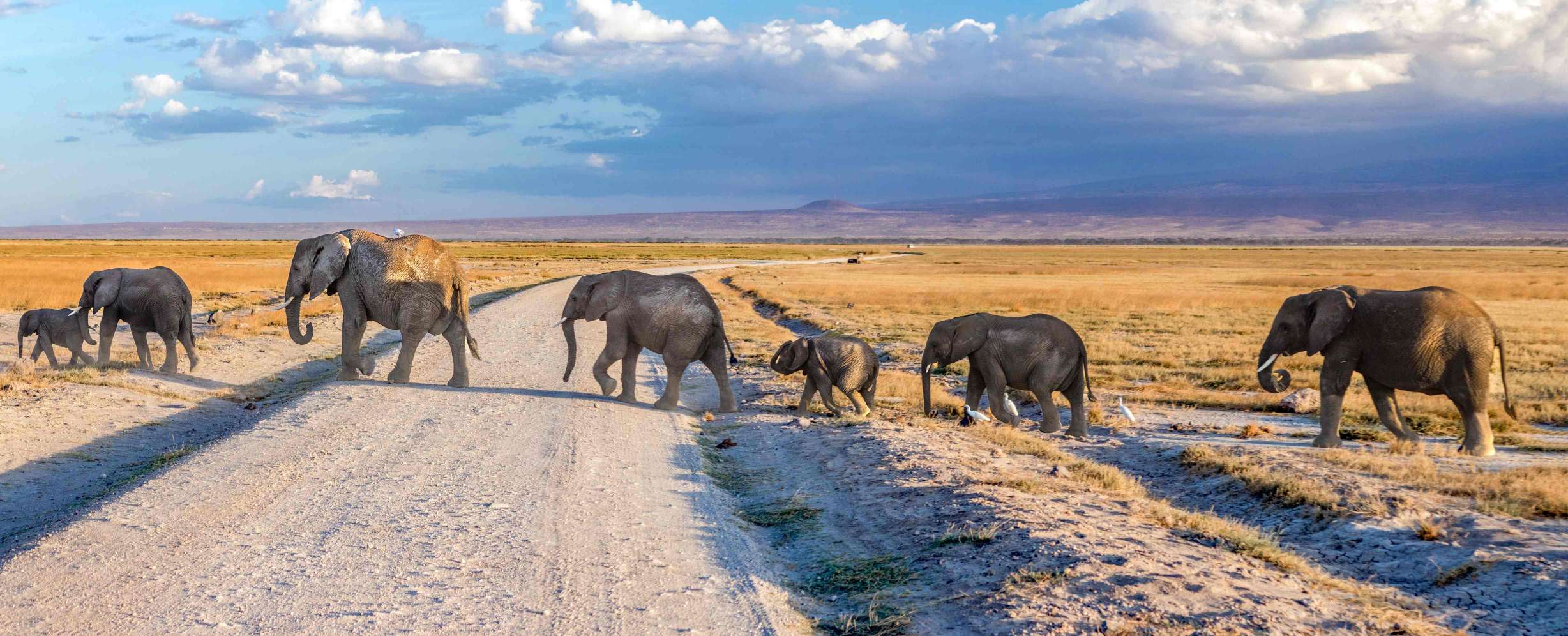

Culture of the Masai Mara National Reserve
The Maasai people are an integral part of the Masai Mara experience. Key aspects of their culture include:
- Traditional Dress: Brightly colored shukas (robes) and intricate beadwork.
- Dancing and Singing: The adumu (jumping dance) is a iconic Maasai tradition.
- Semi-Nomadic Lifestyle: The Maasai are herders who rely on cattle for their livelihood.
- Community Visits: Many lodges offer guided tours to Maasai villages, where you can learn about their customs and daily life.
How to Reach the Masai Mara National Reserve?
Reaching the Masai Mara is an adventure in itself:
- By Air: Fly from Nairobi to one of the airstrips in the Masai Mara (e.g., Keekorok or Olkiombo). Flight time is about 45 minutes.
- By Road: A 5-6 hour drive from Nairobi, offering scenic views of the Kenyan countryside.
- Guided Tours: Many safari operators offer all-inclusive packages with transport from Nairobi.




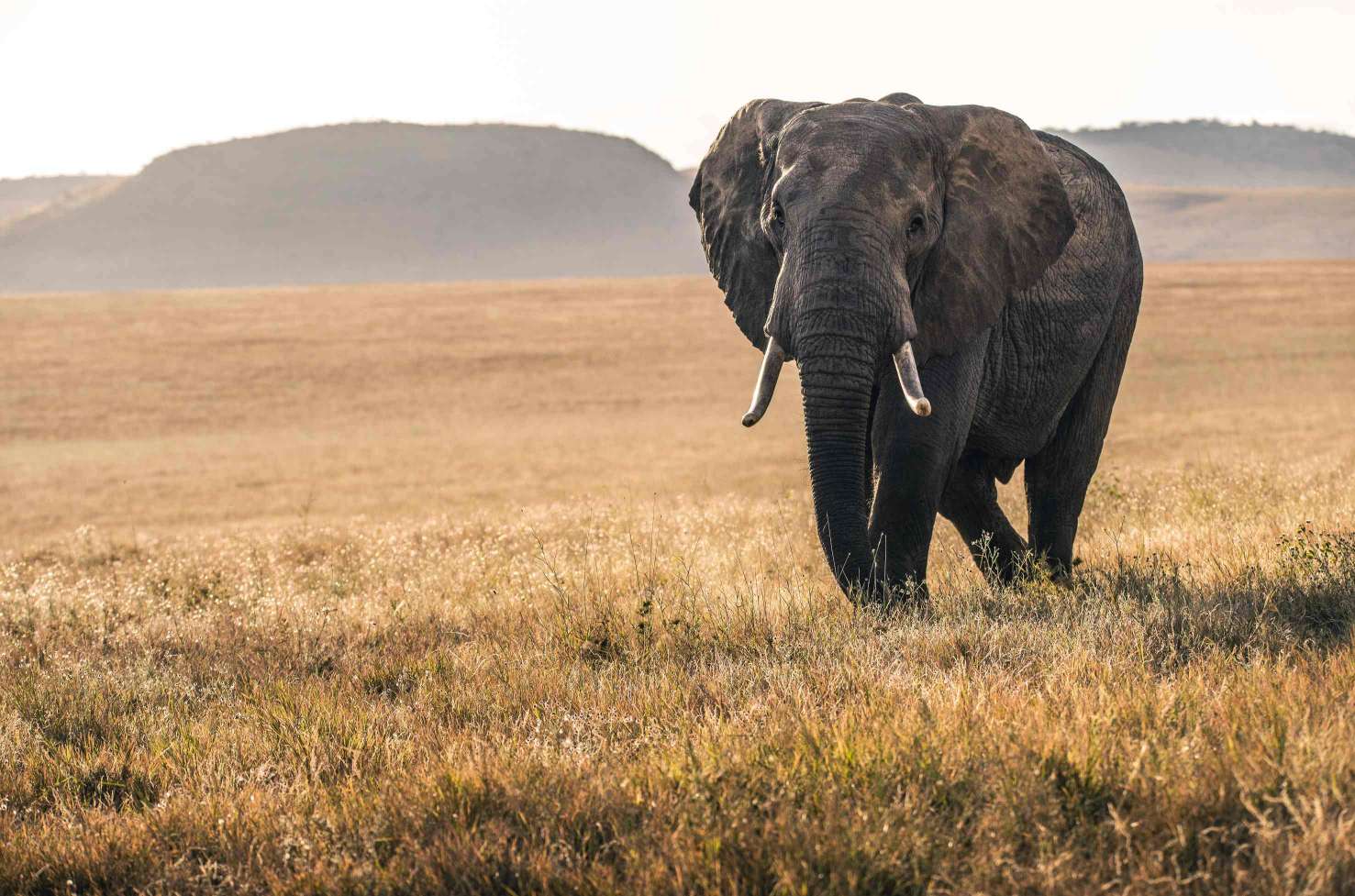
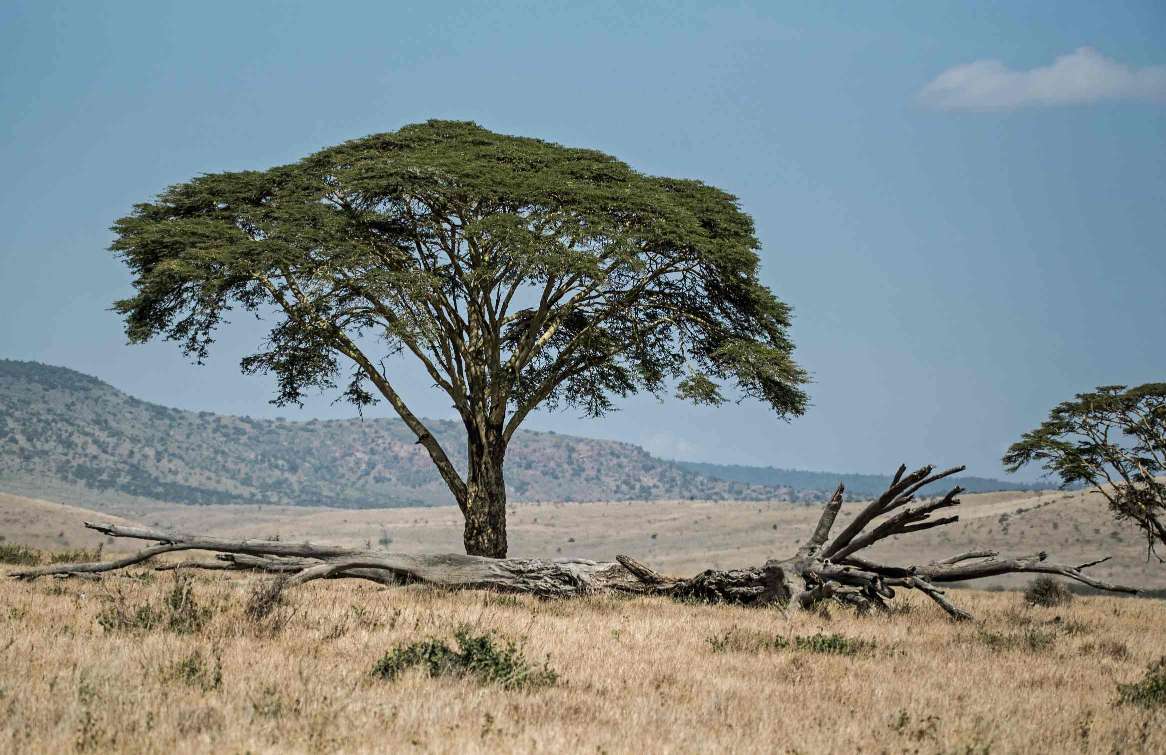
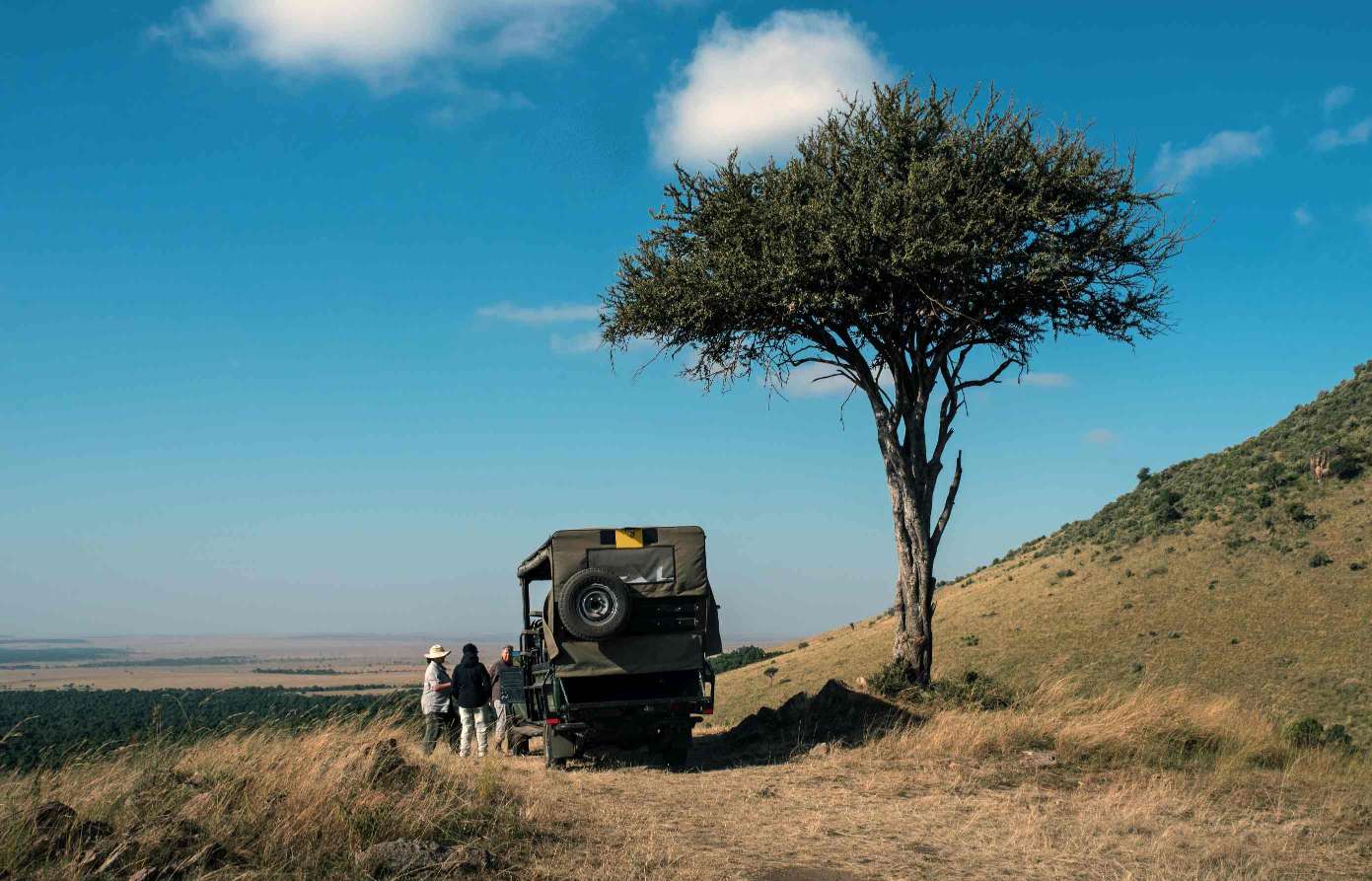
What are the Accommodation Arrangements?
The Masai Mara offers a range of accommodations to suit every budget:
- Luxury Lodges: High-end options like Governor’s Camp and Mara Serena Safari Lodge.
- Tented Camps: Experience the wilderness in comfort at camps like Basecamp Masai Mara.
- Mid-Range Lodges: Affordable yet comfortable stays like Mara Sopa Lodge.
- Budget Campsites: Basic facilities for adventurous travelers.
What are the Local Foods?
While on safari, you’ll enjoy a mix of international and local Kenyan cuisine:
- Nyama Choma: Grilled meat, often goat or beef, served with vegetables.
- Ugali: A staple maize dish served with stews or vegetables.
- Sukuma Wiki: Collard greens sautéed with onions and spices.
- Chapati: Flaky flatbread, a Kenyan favorite.
- Fresh Fruits: Enjoy tropical fruits like mangoes, pineapples, and passion fruit.
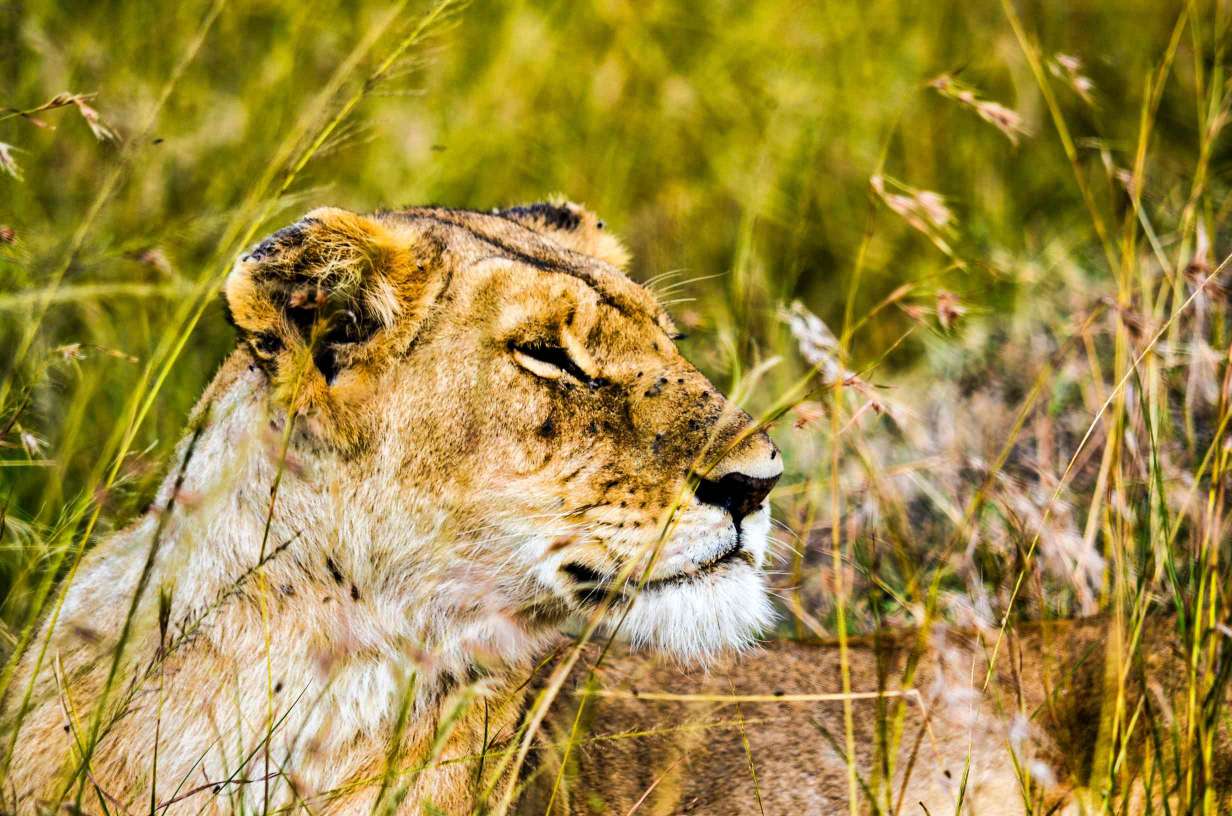
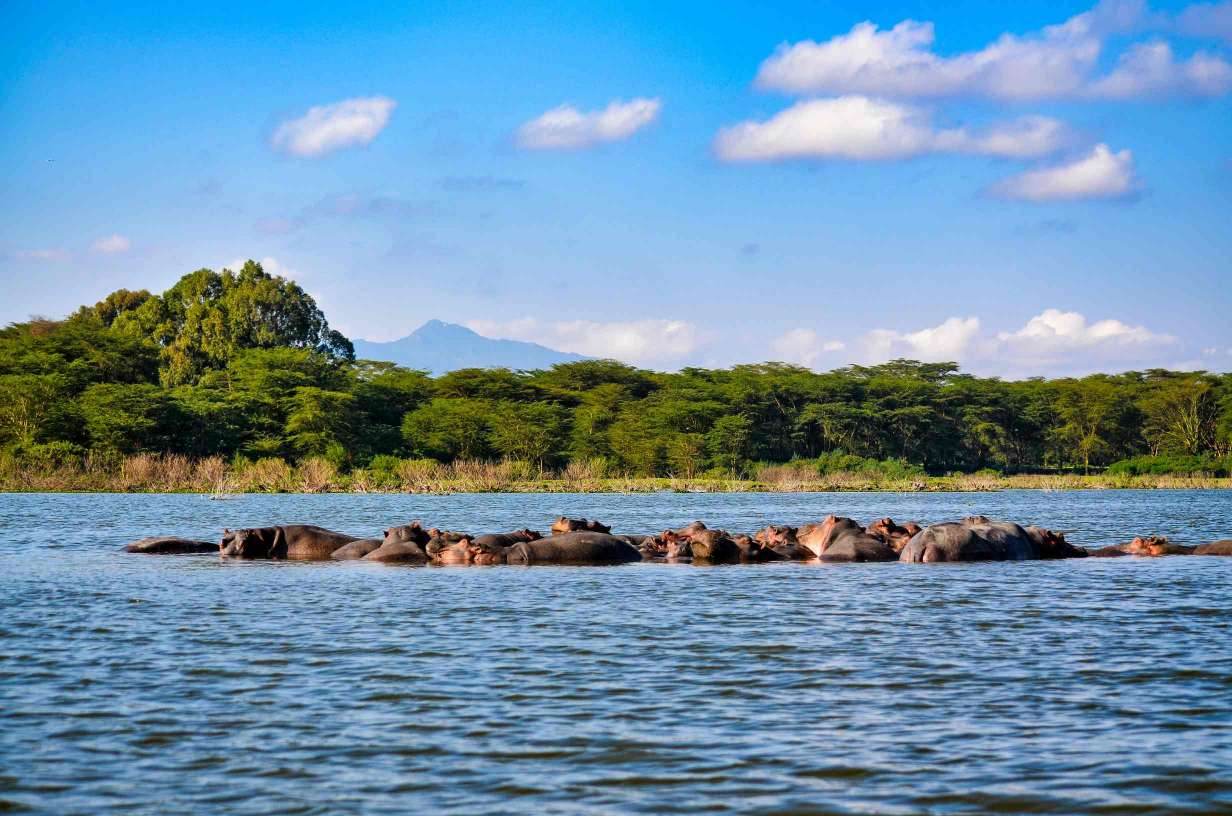
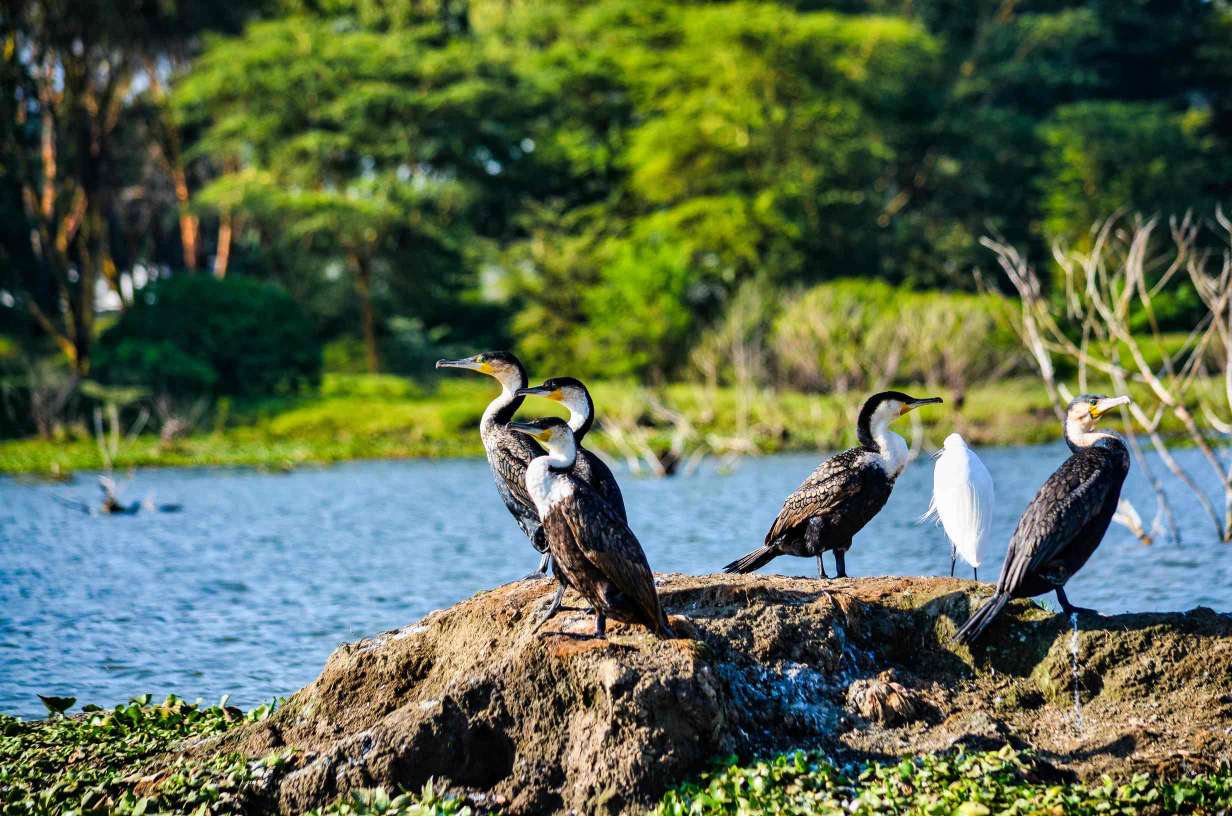
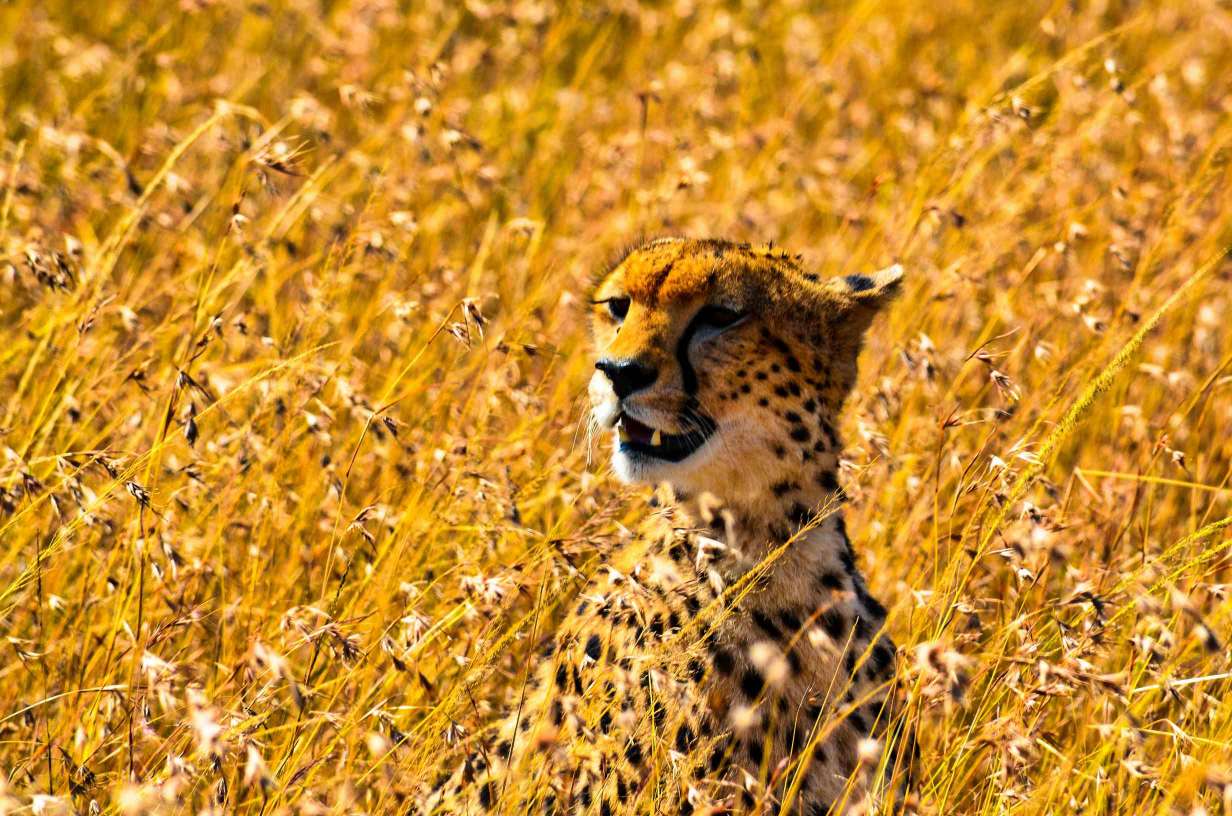
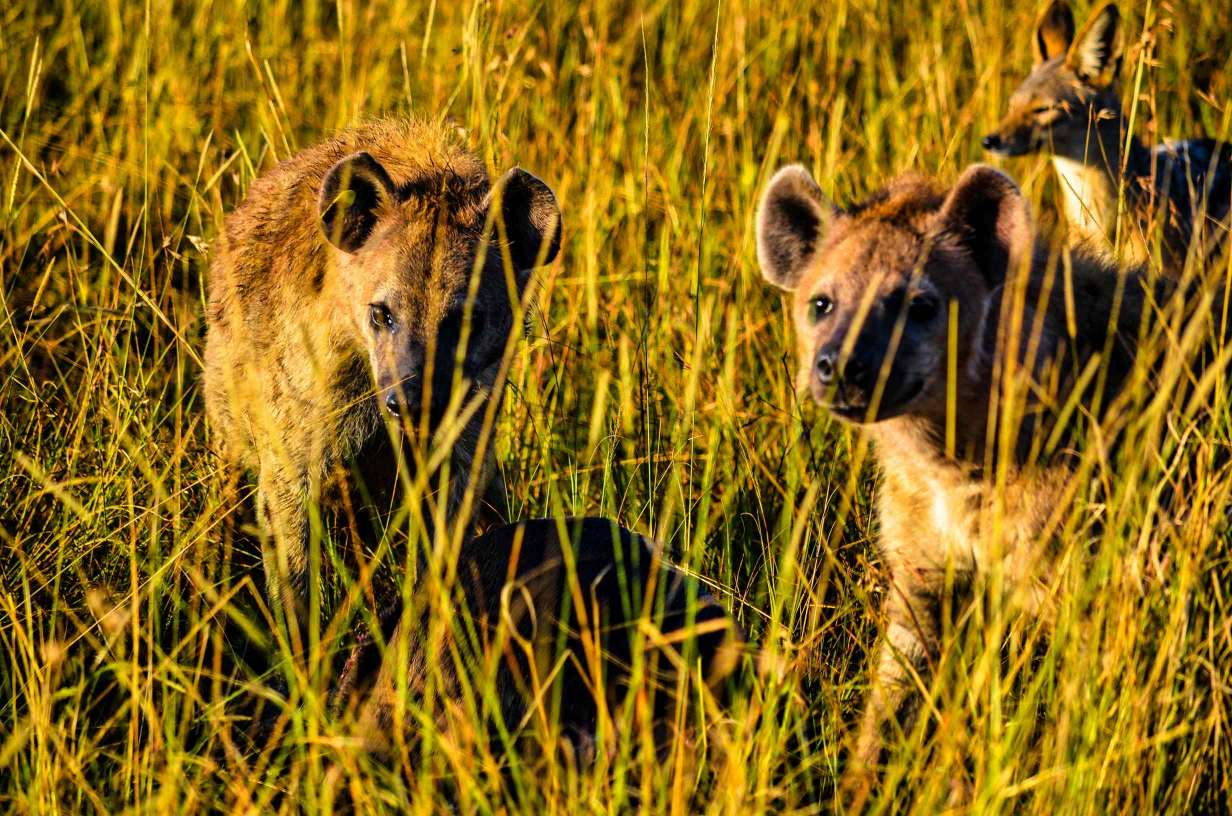
The best times to visit are:
- July to October: The Great Migration and dry season offer excellent wildlife viewing.
- December to February: Warm weather and fewer crowds.
- June to October: Ideal for predator sightings and lush landscapes after the rains.
Where to Visit in the Masai Mara National Reserve?
Here are some top destinations within the reserve:
- Mara Triangle: Known for its high concentration of wildlife and stunning views.
- Talek River: A hotspot for hippos and crocodiles.
- Musiara Marsh: Famous for lion prides and birdlife.
- Oloololo Escarpment: Offers panoramic views of the reserve.
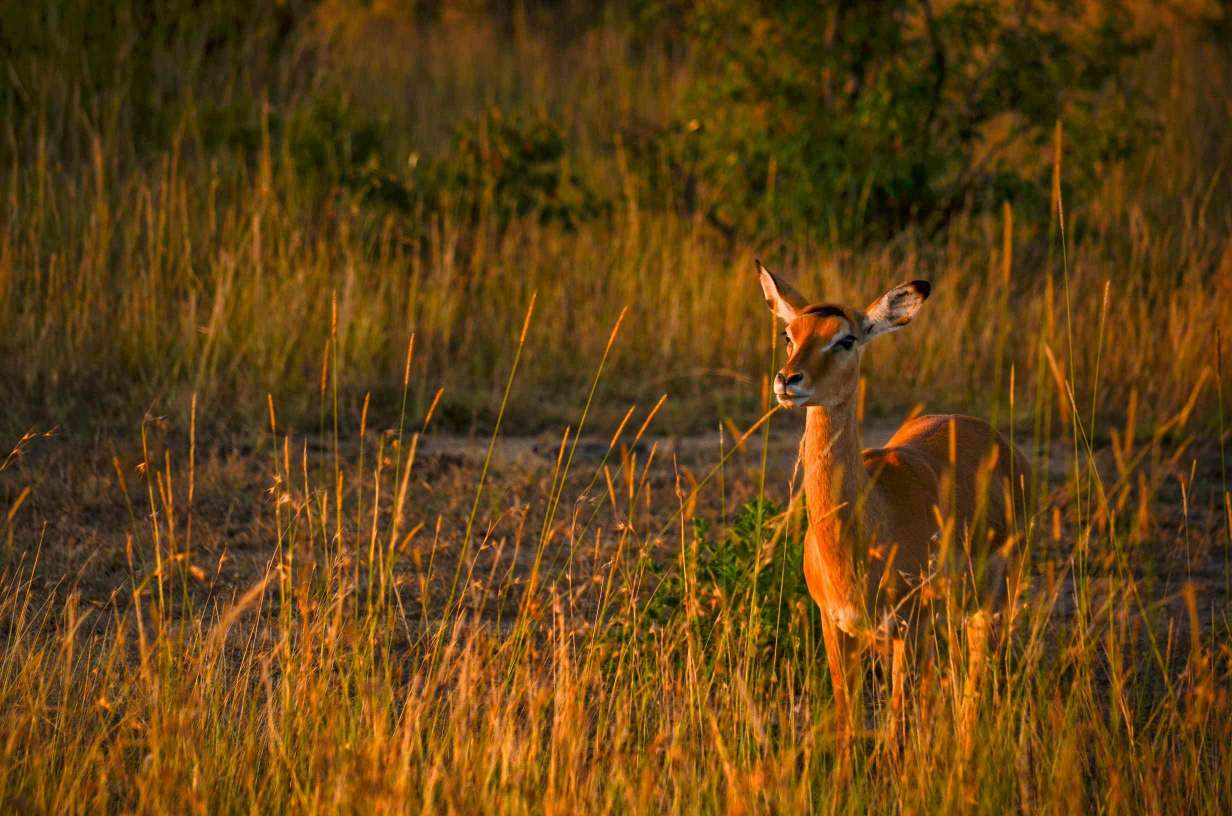



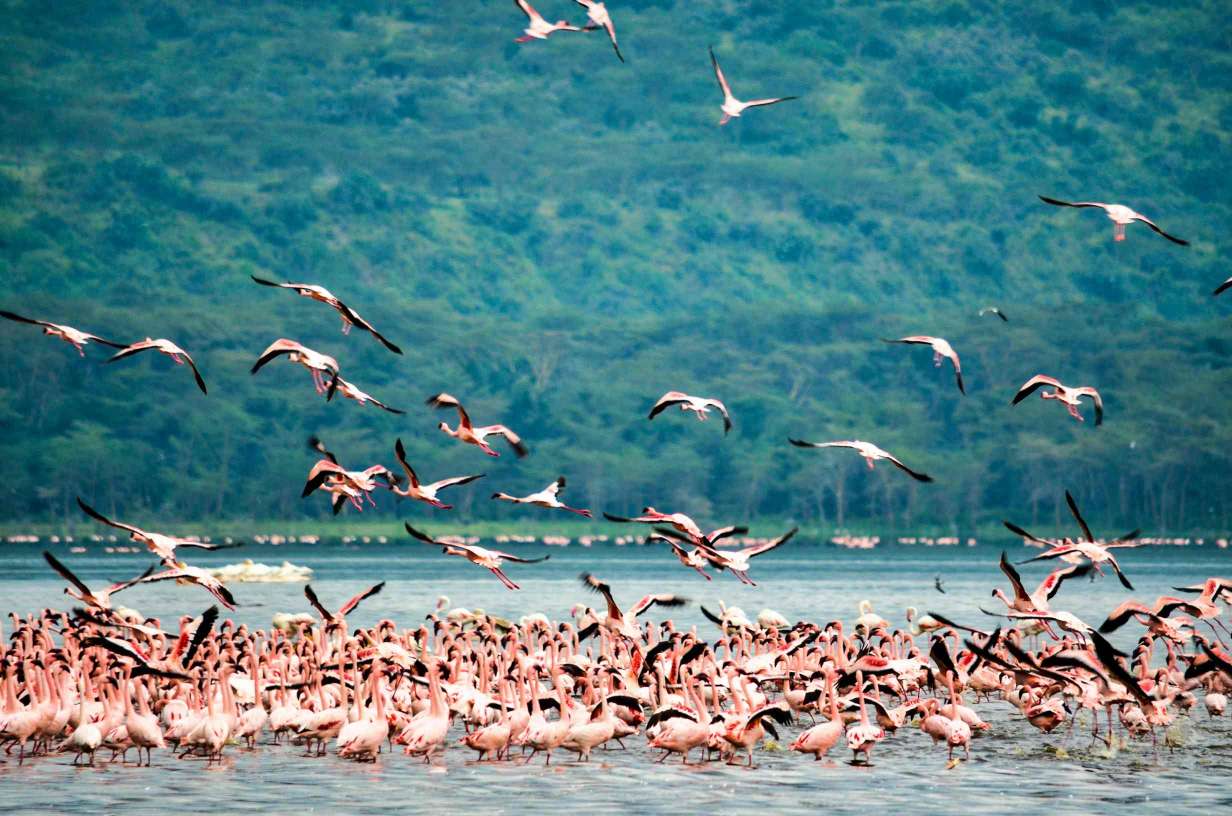
Where and What to Shop?
While in the Masai Mara, you can shop for:
- Maasai Beadwork: Jewelry, bracelets, and necklaces made by local artisans.
- Shukas: Traditional Maasai robes in vibrant colors.
- Wood Carvings: Handcrafted souvenirs depicting African wildlife.
- Local Markets: Visit nearby towns like Narok for authentic Kenyan crafts.
What Things to Do?
- Game Drives: Explore the reserve in a 4×4 vehicle with a guide.
- Nature Walks: Guided walks to learn about flora and fauna.
- Birdwatching: Spot over 450 bird species, including ostriches and eagles.
- Photography Safaris: Capture stunning landscapes and wildlife.
- Cultural Tours: Visit Maasai villages and learn about their traditions.
What to Pack?
- Neutral-Colored Clothing: Avoid bright colors to blend in with the environment.
- Binoculars: Essential for spotting wildlife from a distance.
- Sunscreen and Hat: Protect yourself from the African sun.
- Camera and Extra Batteries: Capture every moment of your safari.
- Comfortable Shoes: For walking and game drives.
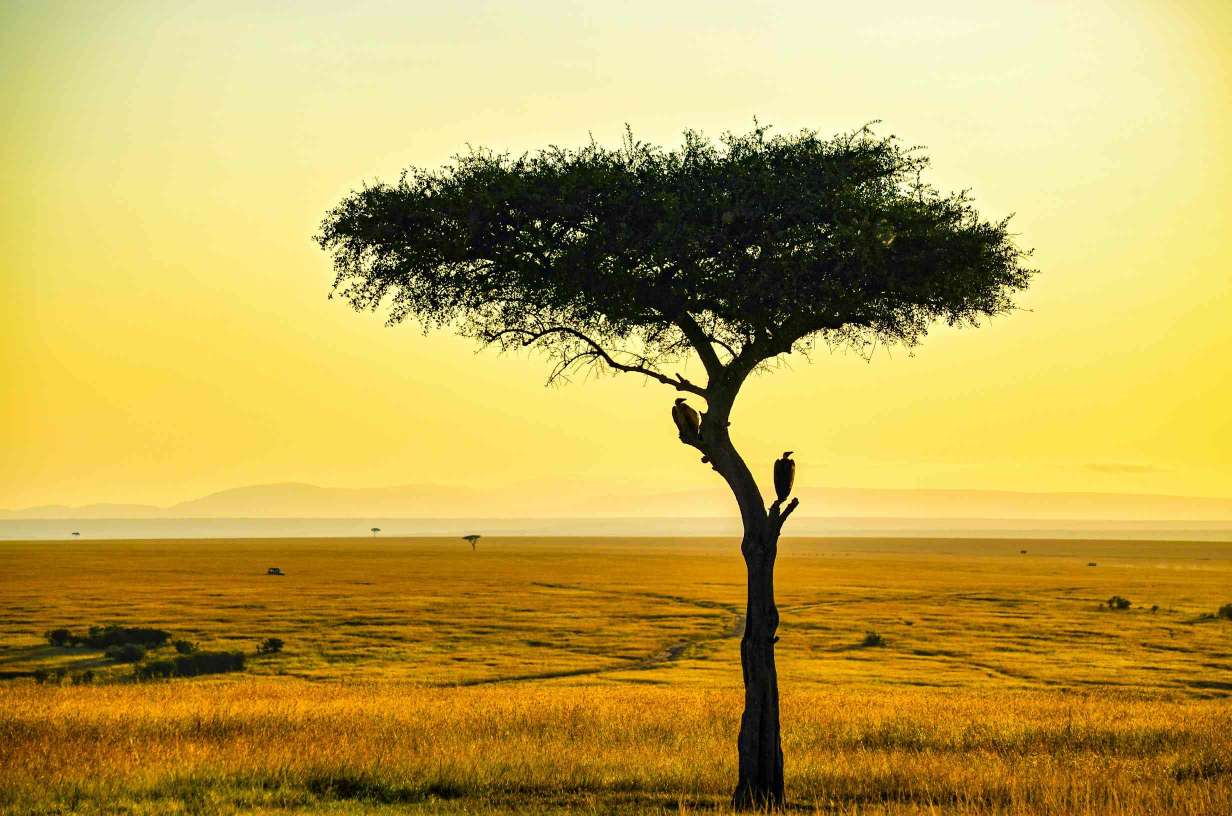


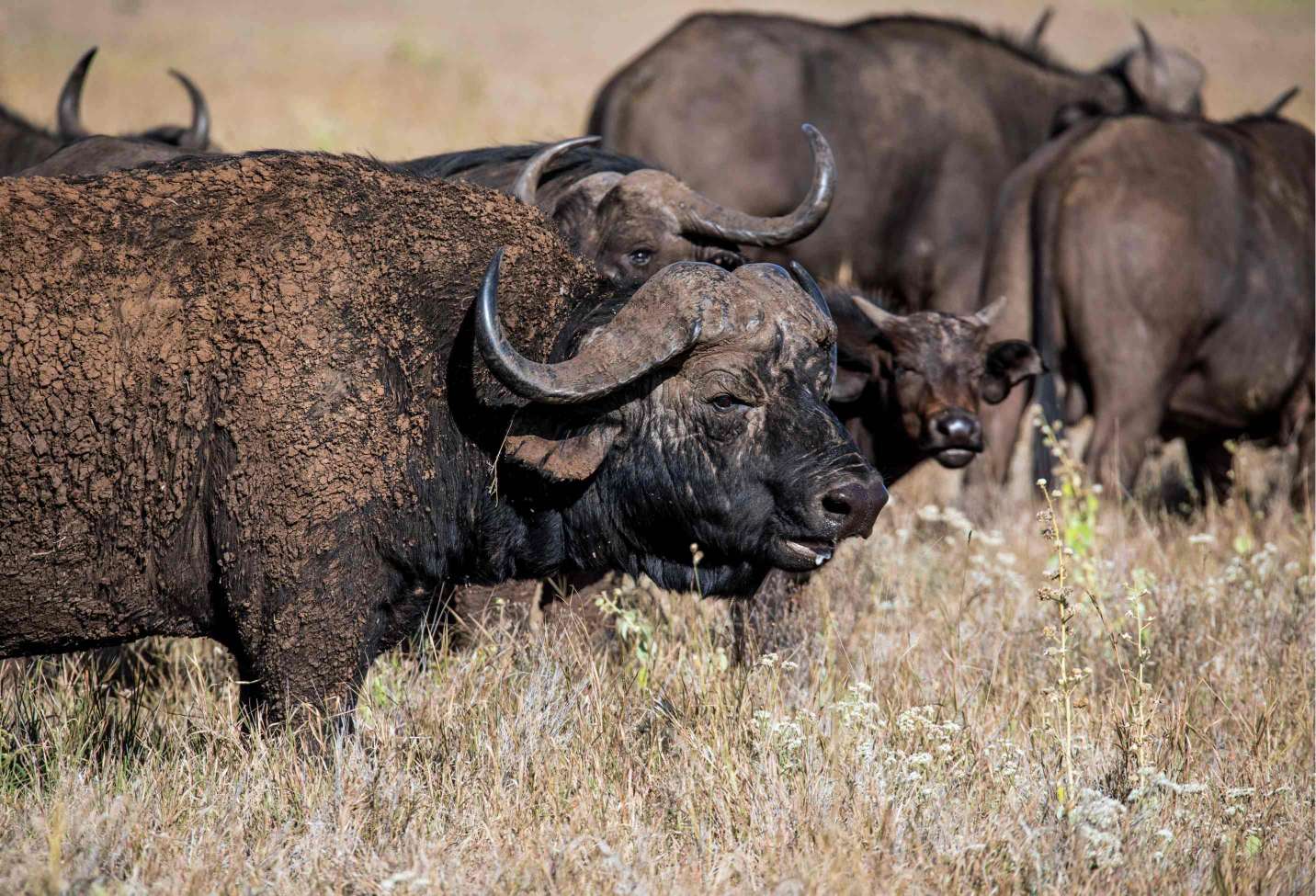
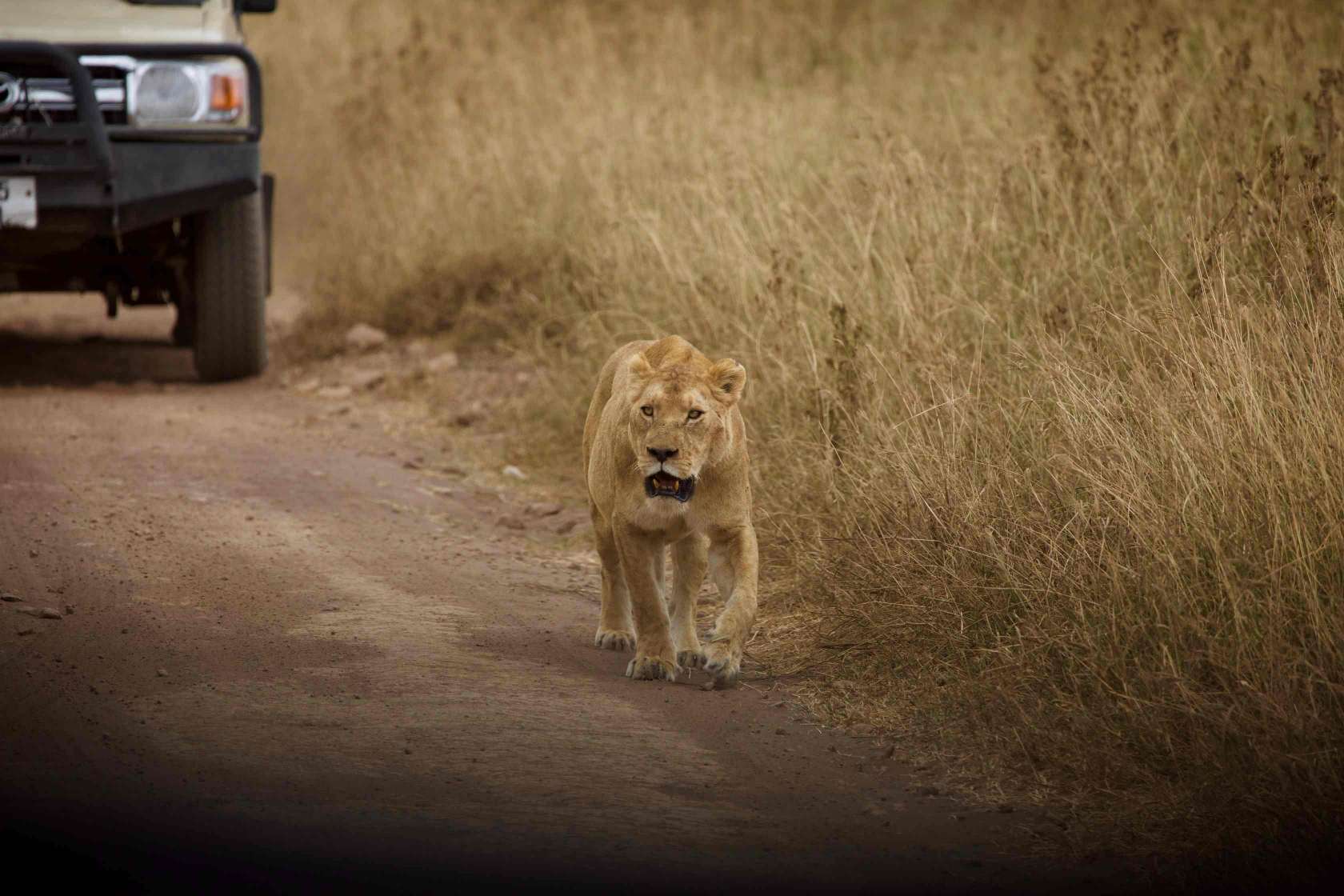
The Masai Mara National Reserve is a true gem of Africa, offering unparalleled wildlife experiences, breathtaking landscapes, and rich cultural encounters. Whether you’re witnessing the Great Migration, exploring Maasai traditions, or simply soaking in the beauty of the savannah, the Masai Mara will leave you with memories to last a lifetime. Start planning your safari adventure and get ready to experience the magic of Kenya’s most iconic reserve!
FAQs
-
Is the Masai Mara safe for tourists?
Yes, the reserve is safe, especially when visiting with a reputable tour operator. -
Do I need a visa to visit Kenya?
Most nationalities require a visa, which can be obtained online or on arrival. -
What currency is used in Kenya?
The Kenyan Shilling (KES), but USD is widely accepted in tourist areas. -
Can I visit the Masai Mara on a budget?
Yes, budget campsites and group tours are available for affordable safaris.


